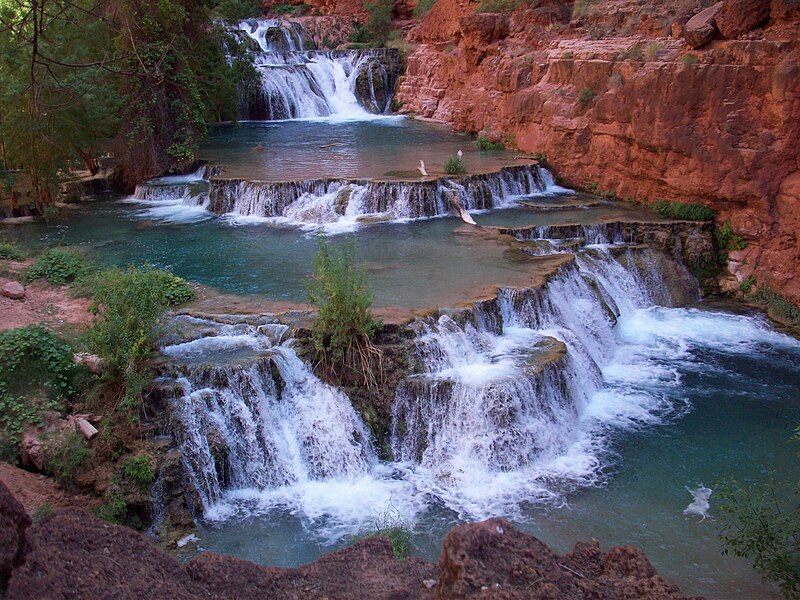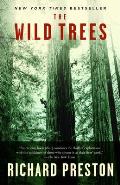 Artwork by Everett Ruess
Artwork by Everett RuessIt is Christmas eve and my thoughts are about as far from home and the holidays as they could be. My mind is on an adventurer, painter and writer from the early 1930s, Everett Ruess. My obsession with Everett Ruess developed much like when you learn a new word and then find that word everywhere or learn a new bird song only to start hearing it in every forest. I was a fan before I knew his name. It is through his adventures in the early 1930s that I come to feel that I have come to better understand my own journeys through the landscapes of the desert southwest.
My first exposure to the life and death of Everett Ruess was through an NPR story on Finding Everett Ruess by David Roberts. The report talked about how others had compared Everett Ruess to legends in the sphere of nature writers such as John Muir. I could not believe I had never heard of him. Upon reading Finding Everett Ruess, I found out that he had been an artist, poet and avid letter writer as he learned a love of the outdoors in the Sierras, Arizona and Utah in the early 1930s.
Everett’s credit for adventure belongs to his jaunts in and around the southwest. Everett went on three different tours in the American southwest. The most impressive of which was in 1931 on a trip with almost the sole purpose of searching for beauty. Everett spent 10 months traveling to some of today’s most iconic western locales such as Monument Valley, Tsegi Canyon system, Canyon de Chelly National Monument, Zion National Park and Grand Canyon all at the age of 17. In three years time, Everett would last be seen in the canyons outside Escalante, Utah.

Many of these places have come to mean a great deal to me. Zion was one of my first experiences with the beauty of southern Utah. The Grand Canyon remains a place where I could stare for hours entranced and never failing to find something new in the landscape. The area Everett last explored, the canyons of Escalante and Glenn Canyon, had enticed me with their ruggedness before I ever knew their connection to Everett Ruess. Even today, the solitude provided by the challenge of getting around in the canyons is almost unmatched in the lower forty-eight states.
I soon leave for the southwest and mainly Arizona, a state Everett spent a great deal of time exploring. I plan on hiking near Escalante, Utah before making my way south. The place where I will live is in the same mountain range Everett passed through on a trip in 1931 from Prescott to Mesa, Arizona. Like Everett before me, I look forward to the time spent away from cities and in some mountain range or canyon with flowing water below and a blue sky above. I will wonder from time to time if I am setting under the same juniper or looking out over the same vista Everett Ruess did so many years ago.

Everett Ruess disappeared at the age of 20 years in 1934.
“These days away from the city have been the happiest of my life, I believe. It has all been a beautiful dream, sometimes tranquil, sometimes fantastic, and with enough pain and tragedy to make the delights possible by contrast. But the pain too has been unreal.” – Everett Ruess
Everett Ruess playlist on spotify
















 Picture via Rob Lavinsky, iRocks.com – CC-BY-SA-3.0
Picture via Rob Lavinsky, iRocks.com – CC-BY-SA-3.0











 clicks
clicks
